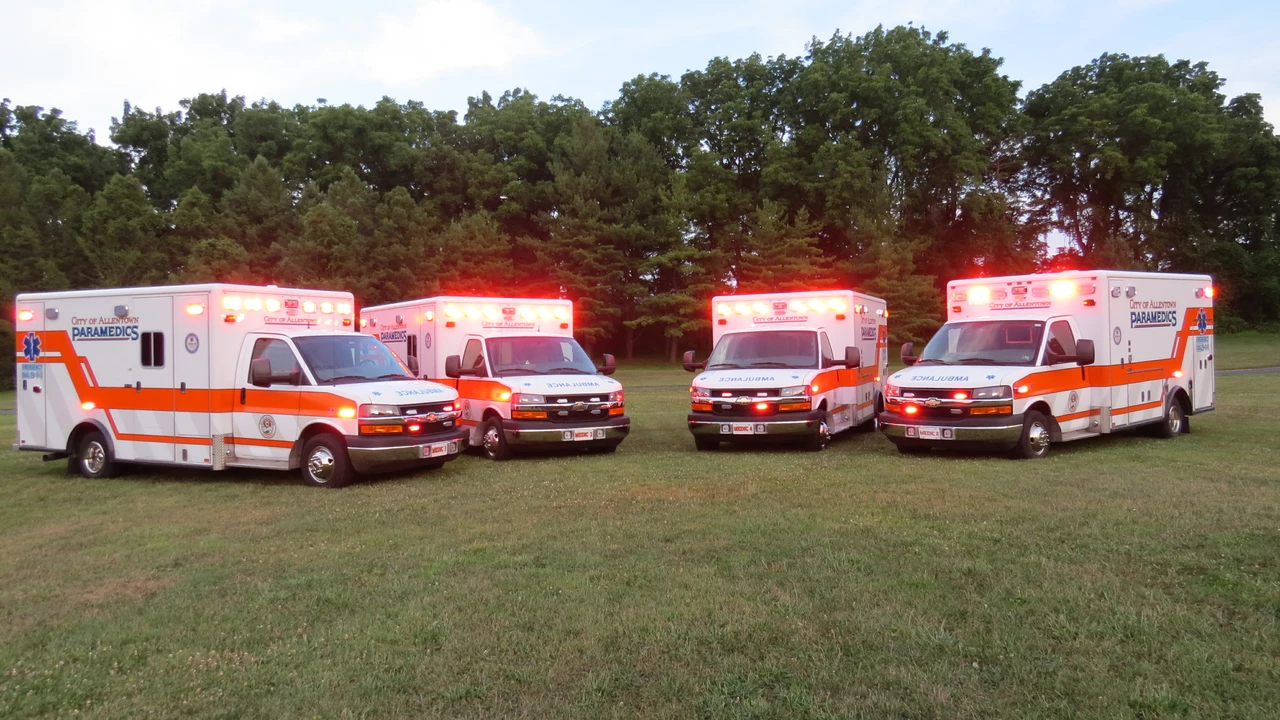Health and Safety – Simple Tips to Keep You Safe on the Track and Beyond
Whether you’re at a race, working on a bike, or just watching from the stands, staying safe is a habit you can build in minutes. You don’t need a safety degree to avoid common risks – just a few clear steps and a bit of awareness. Ready to protect yourself and others without the jargon?
Who Is Allowed to Ride in the Back of an Ambulance?
Ever wondered who gets a seat in the back of an ambulance? The answer is straightforward: the patient, the attending paramedic(s), and sometimes a close family member for moral support. The seat isn’t a free‑for‑all; it’s reserved for those directly involved in the emergency. If you’re not a medical professional or the patient’s loved one, you’ll likely stay outside while the crew works. This rule keeps the space clear for life‑saving equipment and quick movement.
Why does it matter to a motorsport fan? Accidents happen on and off the track. Knowing the ambulance protocol helps you react correctly if you ever find yourself at a crash scene. Keep a safe distance, let the crew do their job, and only offer help if asked. Simple respect can make a big difference.
Everyday Safety Practices for Motorsports Fans
Now that you know the ambulance rule, let’s talk about daily habits that reduce risk. First, wear the right gear. A sturdy helmet, ear protection, and proper shoes are non‑negotiable when you’re near any moving vehicle. Second, stay hydrated and take breaks. Fatigue dulls reaction time, and dehydration can cause headaches that turn a fun day into a hazard.
Third, keep your eyes on the surroundings. It’s easy to get caught up in the roar of engines, but always watch for cones, barriers, and other spectators moving around you. If you’re on a pit lane walk‑around, follow the marshals’ directions and stay behind the safety line. Fourth, learn the basic first‑aid steps – how to apply pressure to a wound or perform CPR. You don’t have to become a medic, but a quick response can save a life.
Five, plan your exit routes before the event starts. Know where the nearest medical tent, exits, and parking areas are. If an incident occurs, a clear path lets emergency crews reach you faster and helps you leave the area safely.
Finally, respect the speed limits on the track perimeter. Those “slow” zones exist for a reason. Speeding in a crowded area can lead to trips, falls, or worse. Treat every part of the venue as if it could become a safety zone at any moment.
Putting these habits together takes minutes, not hours. The next time you head to a race, grab a helmet, stay hydrated, watch the marshals, and remember the ambulance rule. You’ll enjoy the action more knowing you’re doing everything you can to stay safe.

UK Confirms £10 Christmas Bonus for 2025 Amid False £500 Claims and Major Universal Credit Cuts

